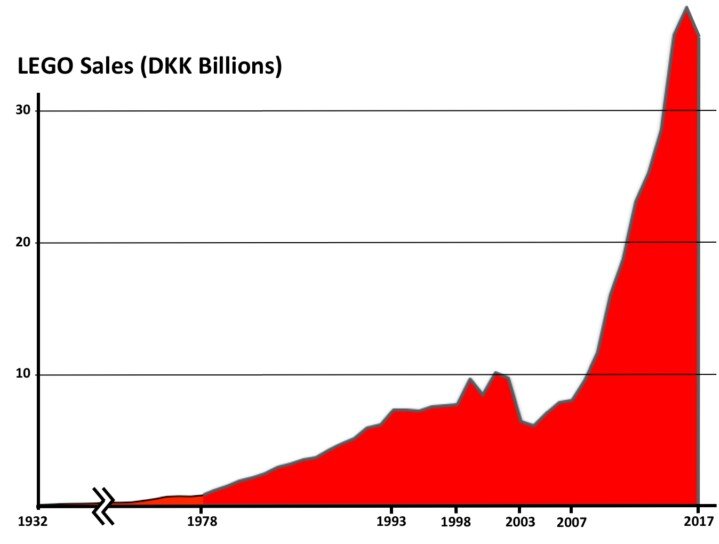Maybe he’s floating
In most of the turnarounds / ramp ups I do one of the major cultural shifts that holds companies back is the blame environment they foster. Management has to replace their outdated toxic behaviour (& harassment lawsuit liability) to build an environment where all employees & staff are comfortable and encouraged to be open about problems and ideas. While to many this is common sense, executives do not always make the connection; here are some stats from a fast co. article (link below) quantifying performance results in firms with safe environments, and some of the psychology behind it:
There is a wealth of research that links high-trust organizations to innovation and performance. The 2016 HOW Report, a comprehensive study of organizational effectiveness, concluded that employees who work in high-trust environments are 32 times more likely to take risks that might benefit the company.
They’re also 11 times more likely to see more innovation relative to competition,
and 6 times more likely to outperform others in their industry.
managers perceived to have a sense of humor are rated by subordinates as 23% more respected and 25% more pleasant to work with.
In contrast, a 2018 Gallup study found that nearly 50% of Americans have left a job to “get away” from a manager. Employee turnover has increased 88% over the last decade, costing companies billions.
Reorienting towards humor is a fundamentally profitable enterprise that today’s leaders can’t afford to miss. One study found that adding a lighthearted line at the end of a sales pitch—like “my final offer is X, and I’ll throw in my pet frog”—increases customers’ willingness to pay by 18%. Another set of studies found that employees who rate their leaders as having a sense of humor—any sense of humor—are 15% more satisfied with their jobs and rate their leaders at 27% more motivating. A set of studies run by Brad Bitterly, Allison Wood Brooks, and Maurice Schweitzer demonstrate that when people use humor at work, they’re attributed 37% higher status, and seen as more competent and more confident.
We can chalk this up to the (brain) cocktail these teams are serving up. When people laugh, a neuro-chemical response is activated: their brains flood with dopamine (which increases happiness), endorphins (which increases resilience), and oxytocin (the same “trust hormone” released during sex and childbirth—plus a way to do it that’s more HR-friendly). These hormones make us feel calmer, more confident, and more resourceful—which lowers stress and unlocks more creative thinking.







